14 Resources for Diverse Books and Materials
October 27, 2015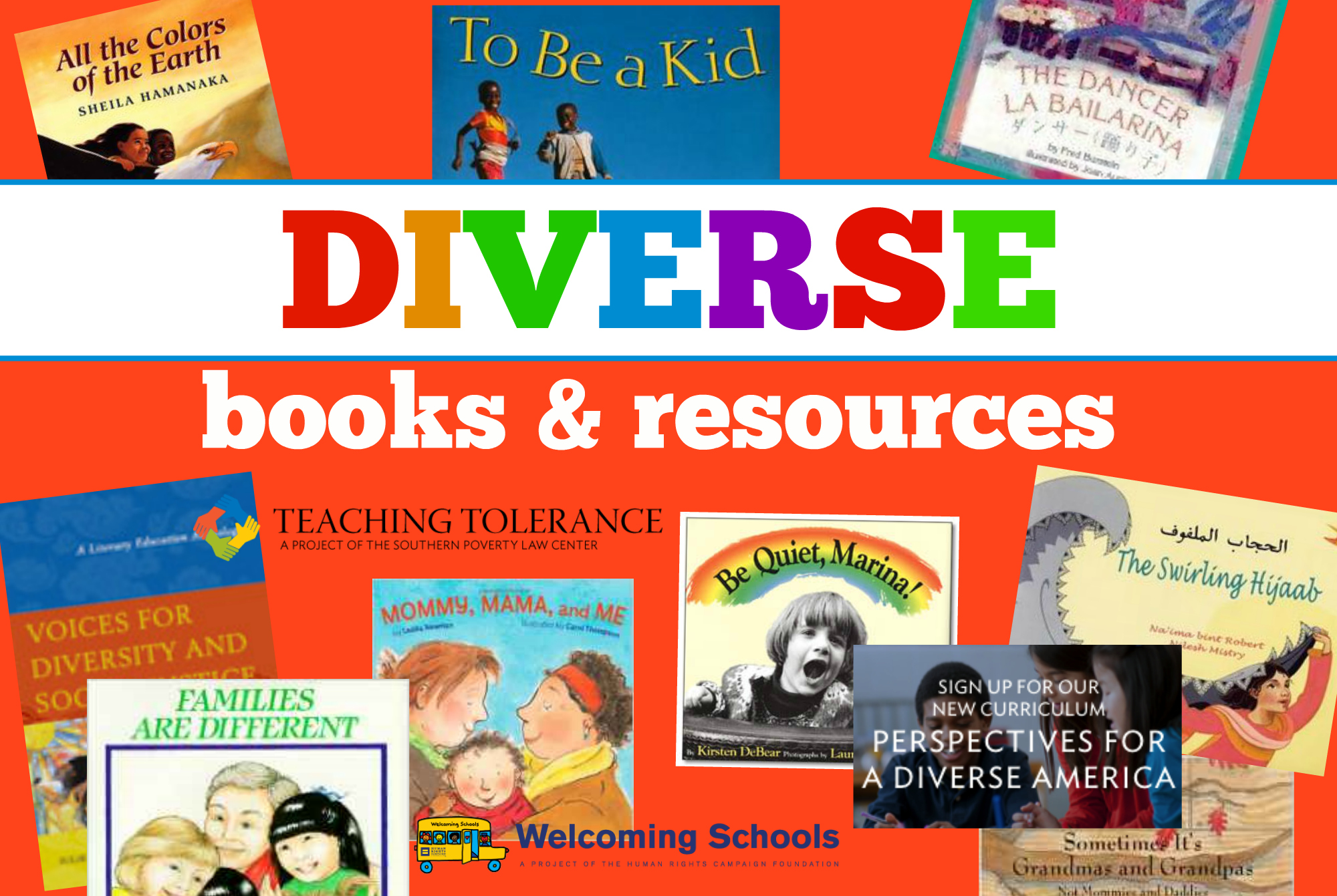
Laying the groundwork for bully-free schools starts in the early grades, when kids are just starting to develop attitudes toward people who are different. What’s the secret to positive attitude development? A big part of it is making sure young learners have access to positive, non-stereotypical depictions of people with a wide variety of backgrounds, abilities, and family structures.
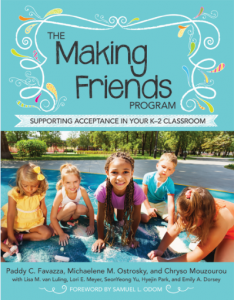 Today’s post (our third in connection with National Bullying Prevention Month) links you to 14 helpful resources you can use to ensure that your bookshelves and teaching materials reflect diversity—both within your classroom and in the world around us. This list is excerpted and adapted from a new book about the Making Friends program, a toolbox of adaptable, practical strategies for promoting social acceptance in the critical early years. (For more comprehensive resource lists and a start-to-finish guide to the Making Friends program, you can check out the book here.)
Today’s post (our third in connection with National Bullying Prevention Month) links you to 14 helpful resources you can use to ensure that your bookshelves and teaching materials reflect diversity—both within your classroom and in the world around us. This list is excerpted and adapted from a new book about the Making Friends program, a toolbox of adaptable, practical strategies for promoting social acceptance in the critical early years. (For more comprehensive resource lists and a start-to-finish guide to the Making Friends program, you can check out the book here.)
Where to find books reflecting diversity:
Children’s Books to Support Antibias Education
A great list of children’s books compiled by Julie Olsen Edwards, coauthor of Anti-Bias Education for Young Children and Ourselves. You’ll get suggestions for books that include themes of culture and language, racial identity, gender roles, economic class, abilities and disabilities, family structure, holidays, activism, and infant/toddler books.
Children’s Books about Disabilities
Here you’ll find an extensive list of children’s books related to the experience of having a disability, coded by reading level from pre-K through young adult.
Fifty Multicultural Books Every Child Should Know
Compiled by the Cooperative Children’s Book Center at the University of Wisconsin”“Madison, this list will help you stock your classroom library with multicultural books.
Selecting Culturally Appropriate Children’s Books in Languages Other than English
With this helpful guide from the National Center on Cultural and Linguistic Responsiveness, you’ll be ready to find, select, evaluate, and use books in languages other than English to support students’ language and literacy development.
Welcoming Family Diversity in the Classroom
Brought to you by Education World, this post offers a concise booklist on diverse family structures, plus some great tips on affirming family diversity in your classroom.
Where to find classroom materials and resources on diversity:
Including Children with Special Needs: Are You and Your Program Ready?
A Preschool and Kindergarten Inclusion Readiness checklist is the heart of this ready-to-use PDF from NAEYC. Use the helpful checklist to examine critical program elements (such as behavior support, home”“school communication, curriculum, and assessment) and evaluate how well-equipped you are to meet the needs of children with disabilities. The checklist has separate sections that help your program assess readiness to accommodate children with physical disabilities, hearing or vision impairments, communication and language disorders, intellectual disabilities, and sensory integration concerns.
Multicultural Education Pavilion
This site is a treasure trove of resources related to diversity, equity, and social justice education. Stop by for teacher resources like quizzes and printable handouts, awareness activities for diversity workshops and class discussions, a bibliography of research articles and blog posts, and steps for multicultural curriculum reform.
Have you been to this Head Start learning center yet? It’s chock full of tools and resources, including an in-depth guide to multicultural principles, professional development training modules, and a downloadable “Program Preparedness Checklist: Serving Dual Language Learners and Their Families.” At the learning center, you’ll also find information on assessment, planning, and teaching strategies for use with young English language learners.
This is really cool—Fat Brain Toys has spent several years collecting feedback from customers on how their toys are being used by children with special needs. They’ve devoted a section of their website to sharing insights from teachers and parents of children with a wide range of disabilities, including autism, ADHD, learning disabilities, visual impairments, and Down syndrome. Visit the link above to read the comments!
If you teach children who were adopted, this resource is a must to explore. You’ll get 10 modules that help you sensitively address the issue of adoption in your curriculum and in classroom discussions. The modules include valuable information on eliminating bias in lessons and fostering inclusive attitudes toward a variety of family structures, including same-sex parents and foster parents.
Discover how to improve your work with English language learners with this online resource from Brown University’s Education Alliance—ideal for both teacher candidates and practicing teachers who want to brush up their skills. Covers teaching and learning strategies, literacy development, high-stakes testing, ongoing assessment, language and educational policies, family involvement, and more.
Teaching for Change aims to provide teachers with the tools they need to “create schools where students learn to read, write and change the world.” Their website offers links to booklists, downloadable articles, DVDs, handouts and more, all geared toward helping students build a more equitable and multicultural society.
This blog is the place to go for news, suggestions, conversation and support related to diversity, equity, social justice, and respect for differences in schools. It includes classroom resources, educational materials you can use for professional development, and a free Teaching Tolerance magazine for educators (ready to download as free PDFs).
Create a more welcoming classroom and school with this website and blog for educators. You’ll get a wealth of resources, including a Welcoming Schools Evaluation Toolkit; a guide to responding to teachable moments in class; lessons aligned with the Common Core State Standards; and booklists on gender, diverse family structures, bullying, and more.
Do you have a favorite resource for diverse books, toys, classroom materials, or teacher resources? Add your suggestion in the comments below!
Don’t miss our other posts for National Bullying Prevention Month:
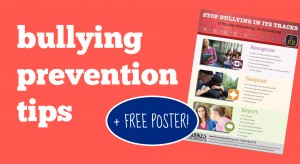 14 Things to Do Now to Stop Bullying In Its Tracks
14 Things to Do Now to Stop Bullying In Its Tracks
Tips for helping bystanders, students exhibiting bullying behaviors, and victims of bullying, plus a free printable poster for your classroom.
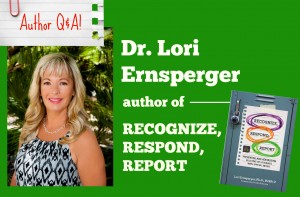 “Bullying prevention is not just a weeklong event in October”: Author Q&A with Lori Ernsperger
“Bullying prevention is not just a weeklong event in October”: Author Q&A with Lori Ernsperger
The author of Recognize, Respond, Report shares what schools can do to reduce the incidence of bullying– now, and long after National Bullying Prevention Month is over.
20 Pieces of Advice From Kids Who’ve Been Bullied
Recognize, Respond, Report includes 100+ real-life heartfelt responses from middle and high school students who were asked to give their advice on dealing with bullying in school. We’ve adapted 20 of these quotes into a downloadable booklet. Just cut them out two-by-two, staple them together, and give it to a student in need of a some uplifting.
Speak Up: Opening A Dialogue with Youth About Racism
Looking for resources to help you discuss race in the classroom? You might be interested in using Speak Up: Opening A Dialogue with Youth About Racism, a helpful resource created by USC Rossier’s online master’s in school counseling program. This invaluable collection of interviews, resource guides, op-eds, and interactive graphs will help you facilitate important, urgently needed discussions about identity, inequality, and education for children of color.
This page from Lend Edu helps students within the LGBTQ community locate specific college scholarships that can help reduce the financial stress of affording higher education. Learn more here.




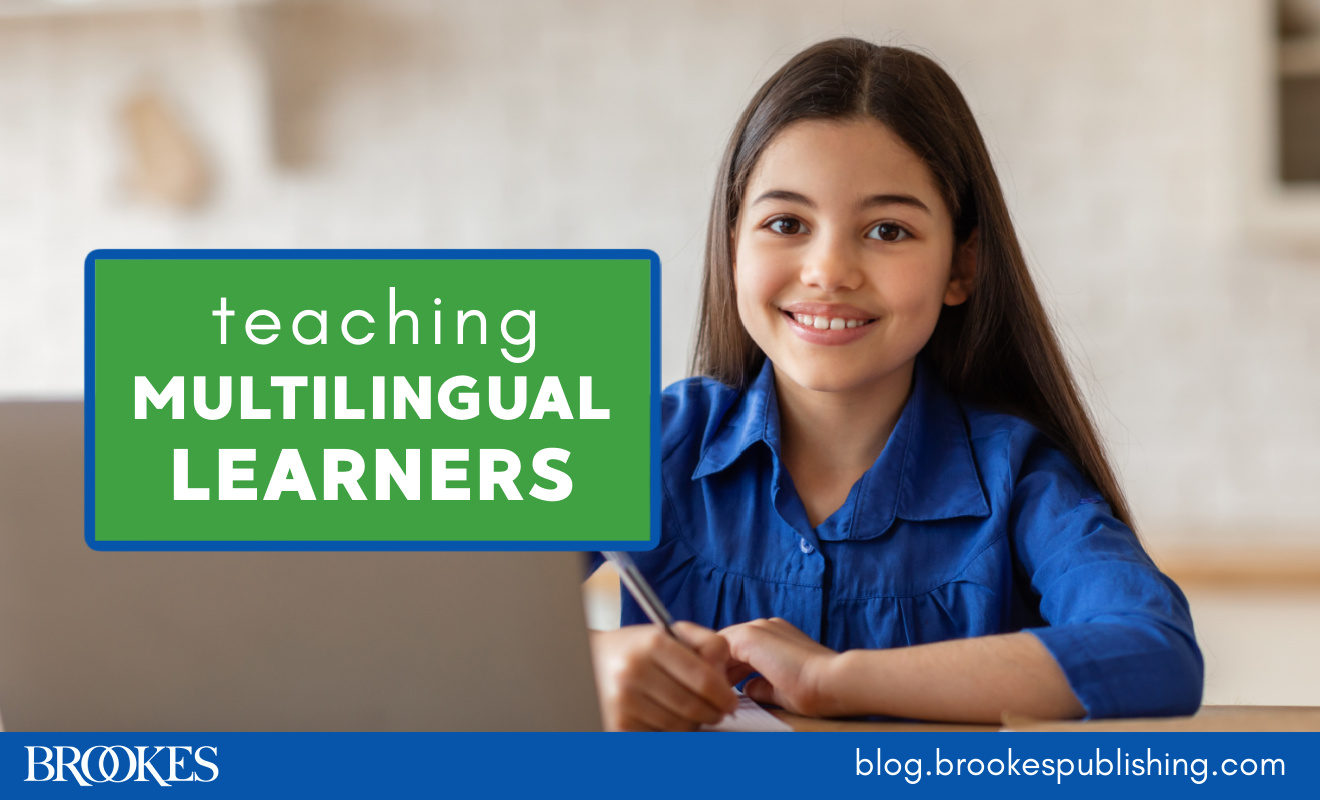
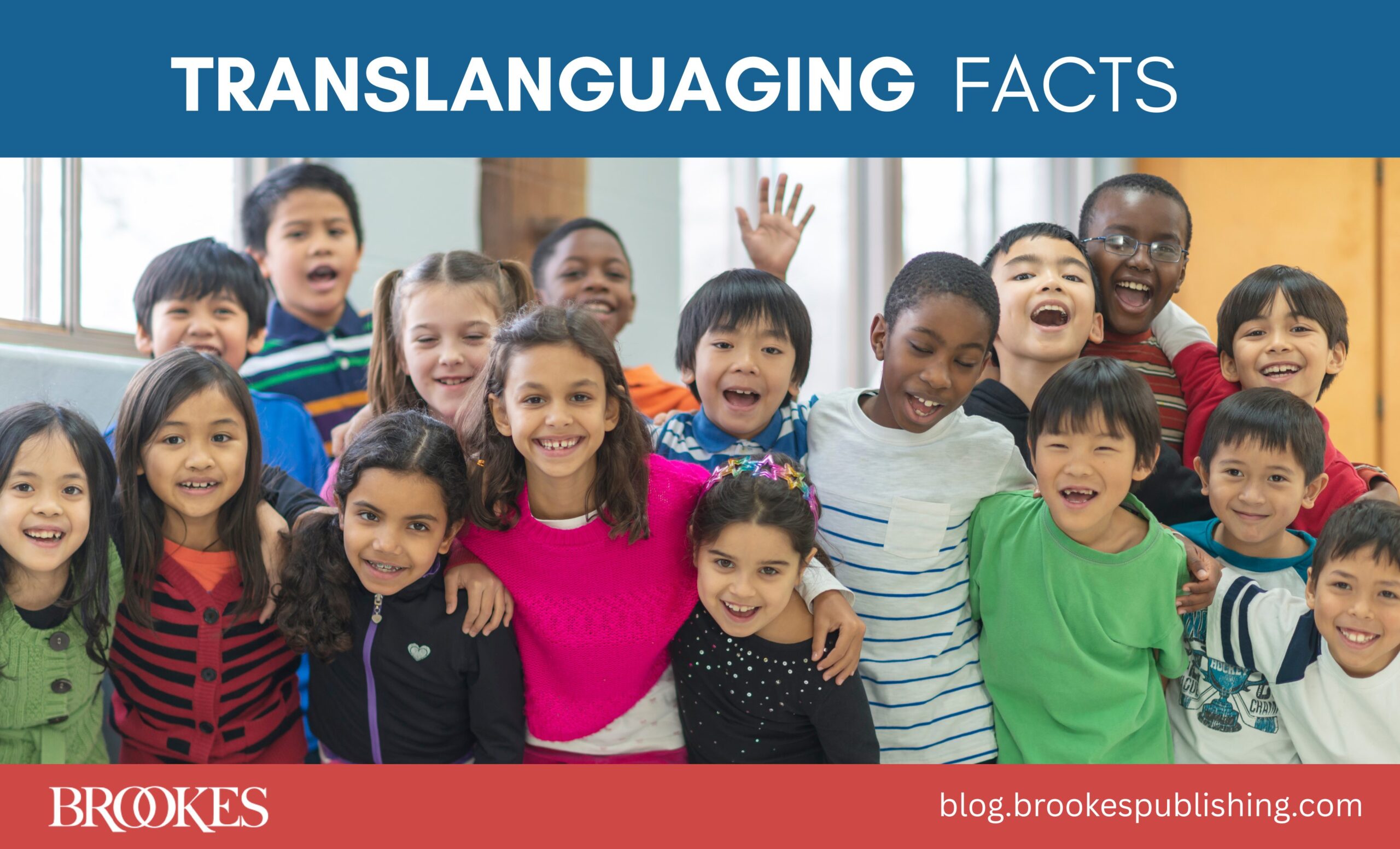
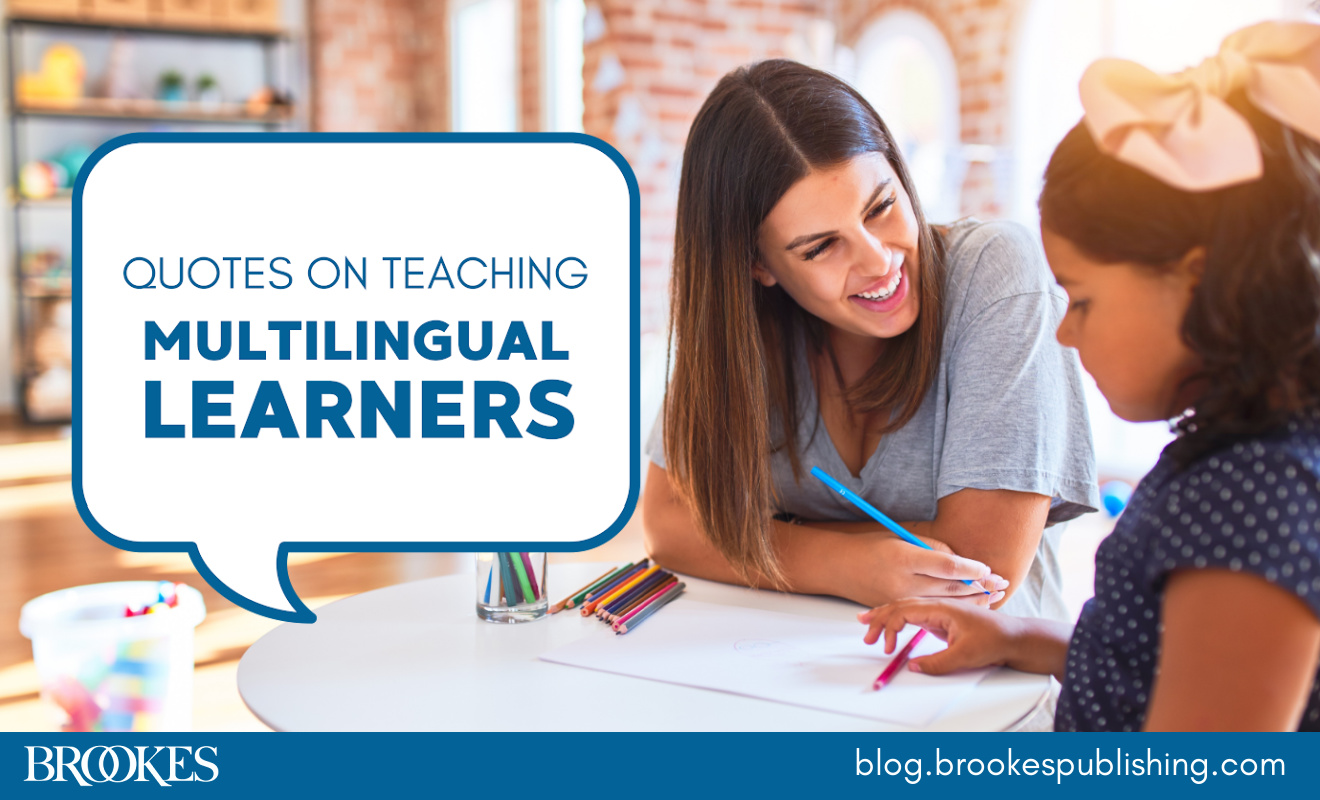
Write a Comment
Your email address will not be published. Required fields are marked *
comments
Lillian Reeves says
This is a fantastic resource and I will definitely be sharing it with my teacher education students. I'd also like to submit my own blog which I am I am building, http://www.thejustlikemeproject.com/jlmp-for-teachers.html, and a friend's blog http://www.myreflectionmatters.org/resources/.
Carolyn Burke says
Love seeing resources for children to learn to appreciate books and reading. Also appreciate the encouragement to share more resources like this in the comments.
We have our own list of empowering bedtime stories for young girls, for anyone who is interested:
https://www.sleepadvisor.org/inspiring-bedtime-stories/
Thank you Brooke Publishing. This is wonderful.
jlillis says
Thank you, Carolyn! Your list of diverse bedtime stories is a great resource to share with parents!
Post a Comment